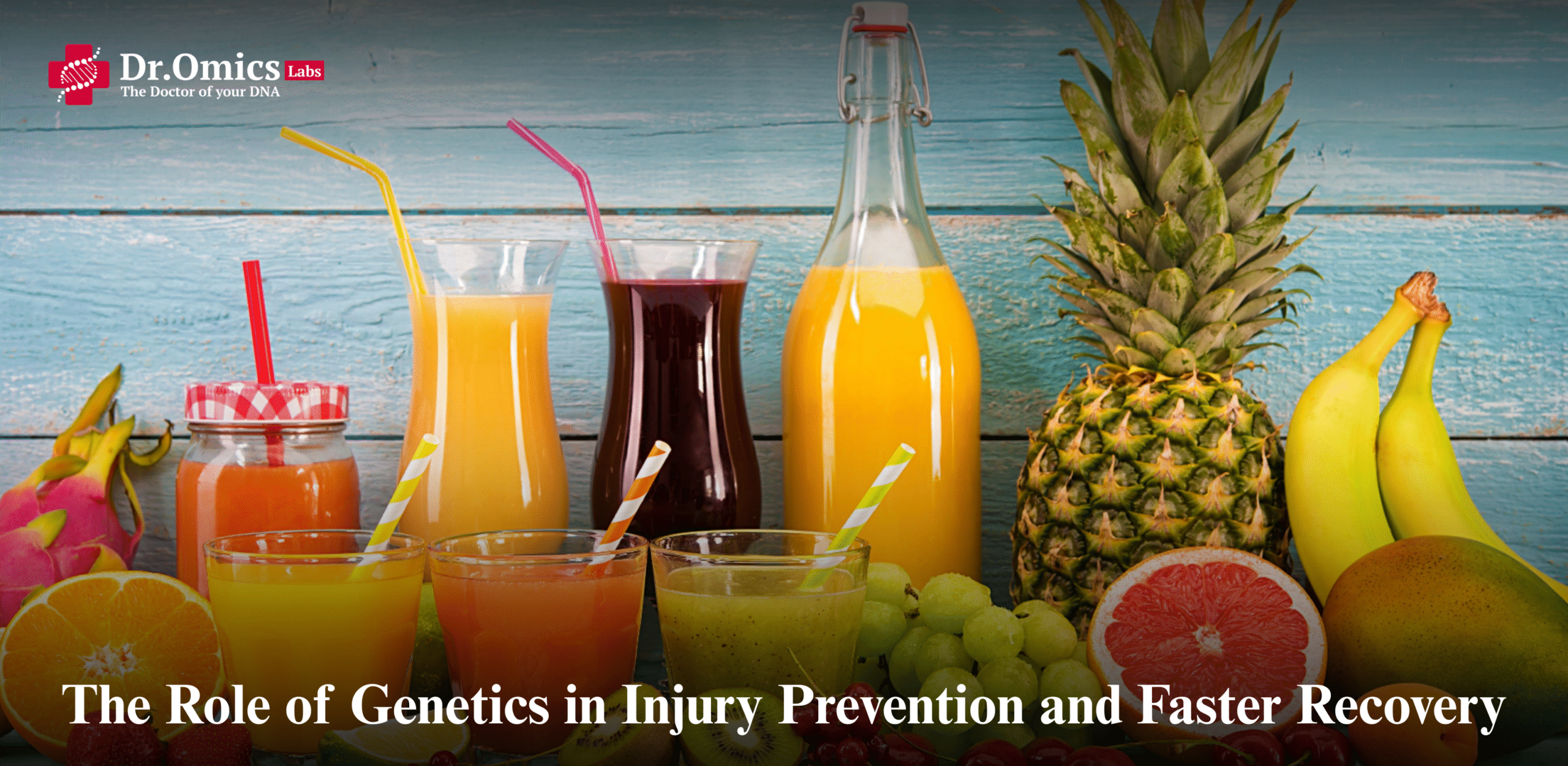Athletes and fitness enthusiasts know that training gains and peak performance depend on more than just hard work. Today, emerging science in sports genetics and nutrigenomics reveals how our DNA can guide smarter approaches for preventing injuries and speeding up muscle recovery—ushering in a new era of personalized sports training.
DNA Fitness Testing and Athletic Performance Genetics
Sophisticated DNA fitness tests now analyze genetic variants involved in athletic performance genetics, muscle structure, endurance, strength, and recovery traits. Markers such as ACTN3 and COL5A1 can reveal if an athlete is naturally inclined toward power or endurance, or predisposed to stiffness or flexibility.
Endurance vs Strength Genes and Injury Prevention
Variants in endurance vs strength genes help identify which training approaches—marathon running or sprinting and weightlifting—may optimize gains. More importantly, gene panels for injury prevention genetics (like COL1A1, COL5A1, and GDF5) can indicate susceptibility to tendon and ligament injuries.
Armed with this data, coaches and athletes can adjust routines to reduce stress on vulnerable tissues, target weaknesses, and redesign loading strategies. It’s now possible to personalize warm-ups, cooldowns, and mobility work, making injury prevention proactive and data-driven.
Muscle Recovery DNA and Nutrigenomics
Genetic insights don’t stop at physical structure—they also shape how quickly an athlete can recover. Muscle recovery DNA analysis uncovers how efficiently muscles repair after intense training and how much inflammation or oxidative stress one is likely to experience.
Nutrigenomics, the study of gene-nutrient interactions, has revealed that vitamins like C and D, along with personalized diets, can meaningfully impact injury rates and recovery. For example:
- Adequate vitamin D, influenced by genetics, supports bone health and helps prevent stress fractures during high-impact sports.
- Individual differences in vitamin C metabolism—shaped by genes—affect collagen production, tendon health, and even healing speed after injury.
Personalized Sports Training: Moving from Trial-and-Error to Precision
By integrating genetics and nutrigenomics, personalized sports training becomes possible. DNA-guided nutrition and exercise regimens reduce the risks of overtraining and injury while promoting rapid recovery. Diet plans can be shaped to match an athlete’s genetics, addressing micronutrient needs that enhance tissue repair and resilience.
Gene-based insights allow practitioners to:
- Adjust training loads and recovery periods for those with slower muscle repair genes.
- Focus on specific injury-prevention strategies for athletes with high joint-laxity or weak collagen synthesis genes.
- Fine-tune endurance or strength building to genetic capacities, maximizing results with less risk.
Conclusion
The intersection of sports genetics, athletic performance genetics, and nutrigenomics is revolutionizing how athletes train, recover, and protect themselves from injuries. By leveraging DNA analysis and personalized nutrition, the age of one-size-fits-all training is ending—replaced with strategies that unlock faster recovery, enhanced performance, and lifelong athletic resilience.




